Trump’s diplomacy VS Putin’s victory, the geopolitical stalemate over Ukraine’s future
- Update Time : Wednesday, April 23, 2025
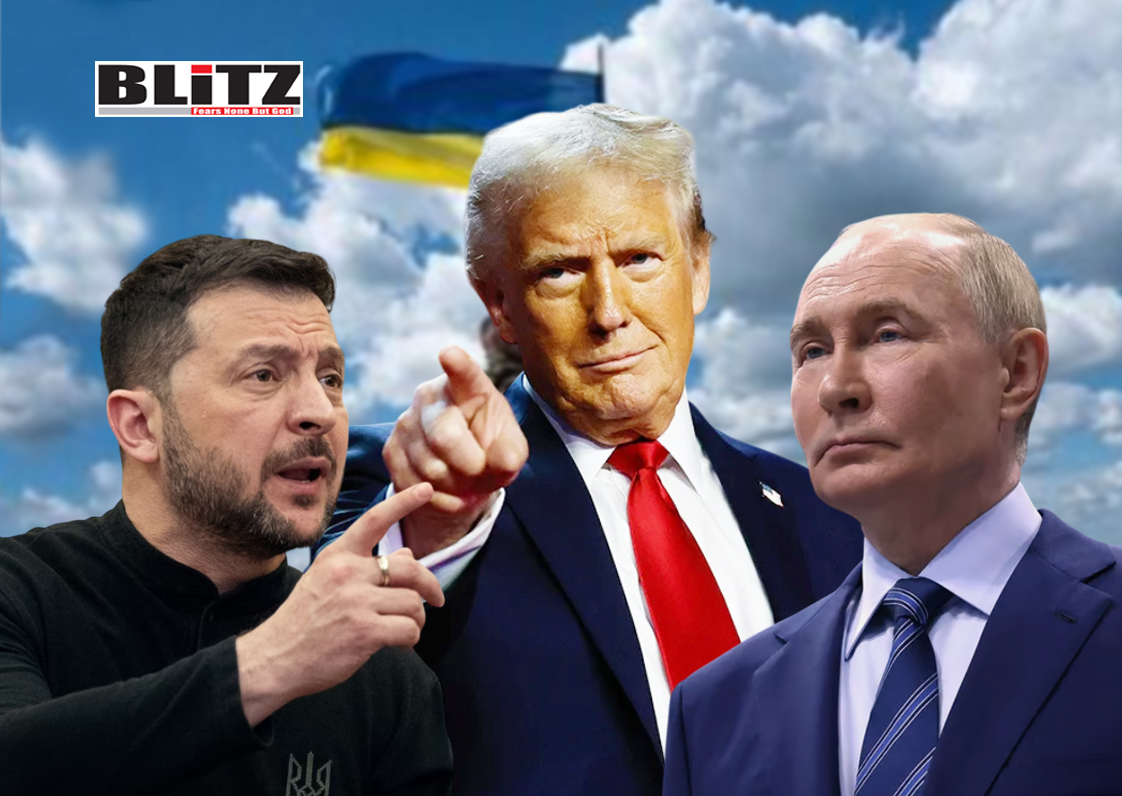
The Easter ceasefire in Ukraine, which briefly raised hopes of a pause in hostilities, has faded into the background as both sides resume combat with renewed intensity. Thousands of violations were reported, and any illusion of de-escalation quickly vanished. Meanwhile, US President Donald Trump, who is eyeing a second term and staking much of his foreign policy credibility on ending what he has dubbed a “Biden war,” is still without a concrete peace deal. His aspirations for a quick diplomatic resolution now appear mired in harsh geopolitical realities and growing internal opposition.
As Trump flirts with peace proposals and informal backchannel negotiations with Moscow, President Vladimir Putin is offering nothing short of victory on his terms. This dissonance-between Washington’s desire for face-saving diplomacy and Moscow’s demand for strategic triumph-reveals the depth of the stalemate. With both sides hardened in their positions and Europe continuing to arm Kyiv, the bitter truth may be this: peace, at least in the way many hope to define it, might not just be out of reach-it may no longer be desirable for those steering global strategy.
Trump’s central pitch is simple but ambitious: he claims he can end the war in Ukraine within 24 hours of returning to office. His core argument is that the conflict is a legacy issue created by the Biden administration’s inept diplomacy and deep entanglement in a region whose problems cannot be solved by American intervention. He sees peace not just as a humanitarian or strategic goal but as a political necessity. Ending the war cleanly allows him to draw a bright red line between himself and Biden-and it offers a massive foreign policy victory for a campaign that thrives on spectacle.
But Trump faces a problem: any deal that appears too conciliatory toward Putin risks being framed as capitulation, or worse, betrayal of American and European allies. It’s a bind he’s familiar with-back in 2016, Trump had warm words for Putin but still ended up expanding sanctions under pressure from the State Department and Congress. Now, despite his increased political capital and a more assertive grip over the Republican Party, many of the same constraints remain in place.
That hasn’t stopped him from exploring options. Trump’s emissary, real estate tycoon and confidant Steve Witkoff, reportedly met with Putin in Moscow for a five-hour discussion, likely exploring the broad contours of a possible agreement. The message from the Kremlin was predictable yet uncompromising: peace would only come on Moscow’s terms, which includes recognizing Russian control over large swathes of eastern Ukraine, halting NATO’s eastward expansion, and potentially accepting Russian dominion over Ukraine’s future geopolitical orientation.
This is not a peace deal in the traditional sense-it’s a demand for political and territorial submission.
While Trump dabbles in informal peace initiatives, Putin is playing the long game. With a new summer offensive on the horizon, the Kremlin appears confident in its ability to impose outcomes militarily. Russia’s war machine grinds on with brutal persistence, fueled by the belief that time and attrition will eventually wear down Western resolve-especially if Trump reclaims the White House.
Putin is also exploiting Trump’s transactional mindset. In private, and perhaps through Witkoff, he has dangled several incentives: recognition of Russia’s annexations, the end of Western sanctions, the resumption of economic projects like Nord Stream 2, and a “reset” of US-Russian relations that could undercut the so-called globalist consensus. It’s a pitch aimed at Trump’s ego and ideology-offering him a win over Biden, a blow to the liberal international order, and a defining diplomatic legacy.
But the catch is obvious. Any such deal would demand that Trump essentially abandon Ukraine to its fate. And even if Trump were inclined to do so, internal resistance could derail the plan.
Trump’s foreign policy is often described as a one-man show, but even he cannot operate in a vacuum. Key figures in his orbit-such as former National Security Advisor Keith Kellogg or likely Secretary of State Marco Rubio-may oppose handing Russia a de facto victory. Kellogg, for instance, might warn that Ukraine and Europe would never accept such a deal and that a new Cold War security framework must include a deterrent presence in Eastern Europe. Rubio, meanwhile, is likely to push the establishment line that peace must come on Western terms-if at all.
Add to this the influence of the Pentagon, intelligence community, and powerful donor networks with vested interests in Ukraine’s defense, and it becomes clear that Trump will face stiff headwinds no matter what he decides.
Trump’s current strategy appears to be floating ceasefire proposals that unofficially accept the status quo without formal recognition of Russia’s territorial gains. Under this plan, Ukraine loses land, gets no NATO protection, but retains a government and military apparatus-effectively a frozen conflict. This, Trump hopes, can be spun as pragmatic and peace-oriented.
Moscow, however, sees this as a trap. It provides Russia with none of the legitimacy it seeks and leaves open the possibility of Ukraine rearming with Western help. For Putin, that’s a recipe for long-term instability-and a potential future war.
The months ahead will be crucial, and observers see three likely scenarios unfolding:
Stalemate and Attrition: Peace talks collapse, and Trump backs continued military support for Ukraine, albeit reluctantly. Russia resumes its offensive, slowly grinding down Ukrainian defenses in a replay of 2023’s war of attrition.
The “South Vietnam” Exit: Trump and Putin reach a superficial agreement allowing the US to exit the conflict with plausible deniability. Like South Vietnam after the Paris Peace Accords, Ukraine is left vulnerable and isolated, with the understanding that collapse may come later.
Ukrainian Collapse: Russia delivers a decisive blow that forces Ukraine to negotiate directly with Moscow, cutting out the US and Europe. This scenario-Putin’s favored endgame-would mark a total shift in the global balance of power.
What stands in the way of peace isn’t just stubbornness or ideology-it’s the lack of a shared definition of what peace even means. To Trump, peace means ending US involvement. To Putin, it means securing strategic victory and a reordering of European security. To Ukraine, peace can’t come at the cost of sovereignty or national dignity. And to much of Europe, anything short of a Russian defeat is seen as rewarding aggression.
Thus, the battlefield-not the negotiating table-remains the final arbiter. For now, the war will grind on. Trump may still dream of a diplomatic masterstroke, but unless he is prepared to break with both Europe and his own party’s hawkish wing, his options are limited. Putin, on the other hand, continues to believe that time, steel, and blood will deliver him what no ceasefire ever could: victory on his terms.
Until someone bends-or breaks-the only constant in this war will be its continuation. Peace is possible, but perhaps not now, and certainly not without consequences.


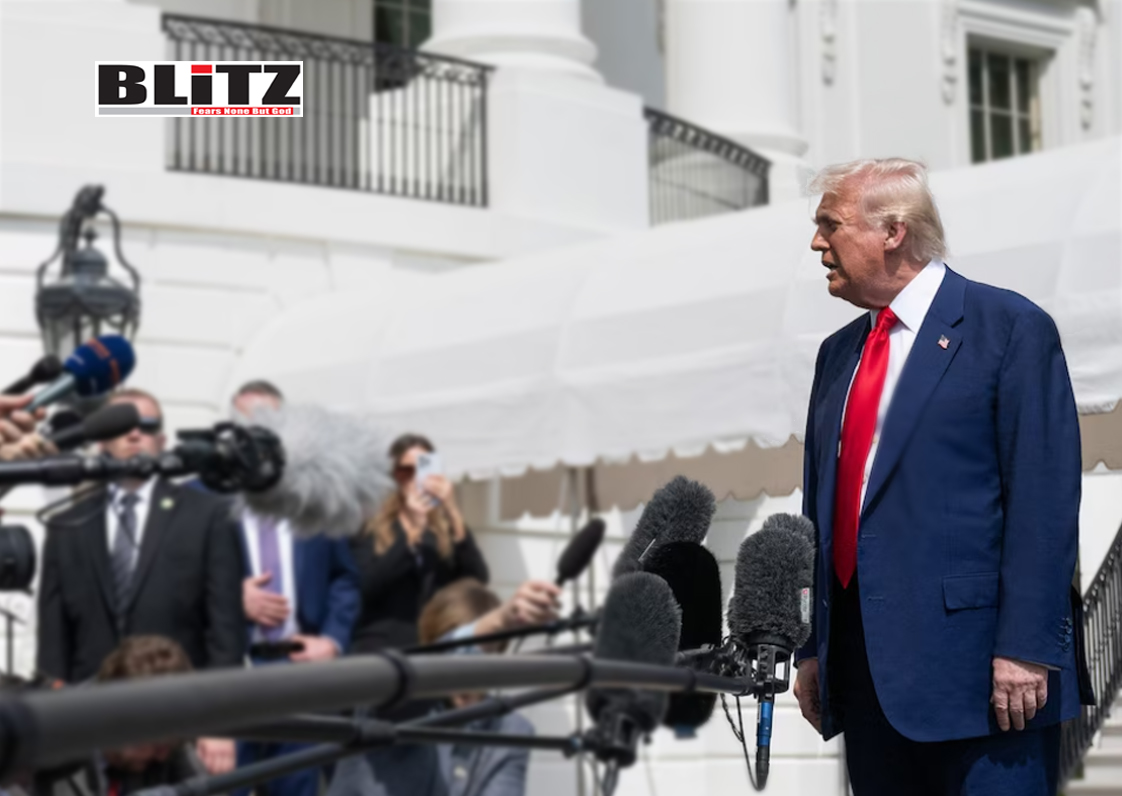
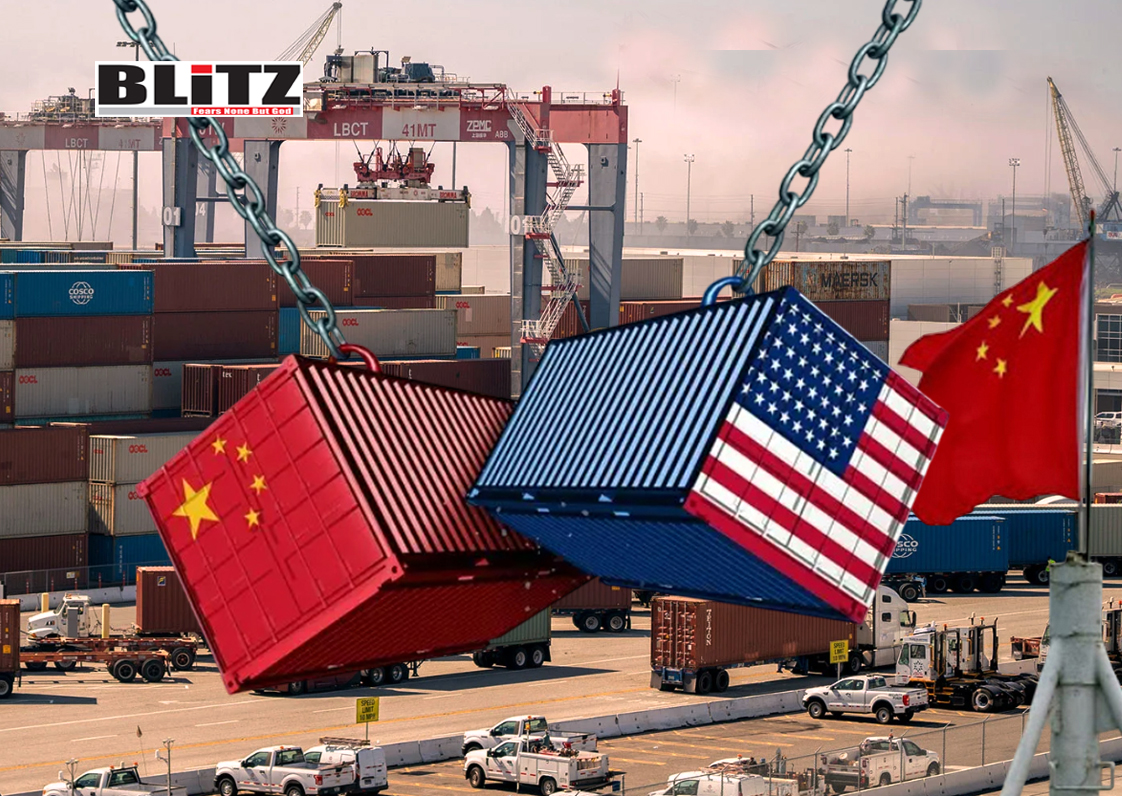

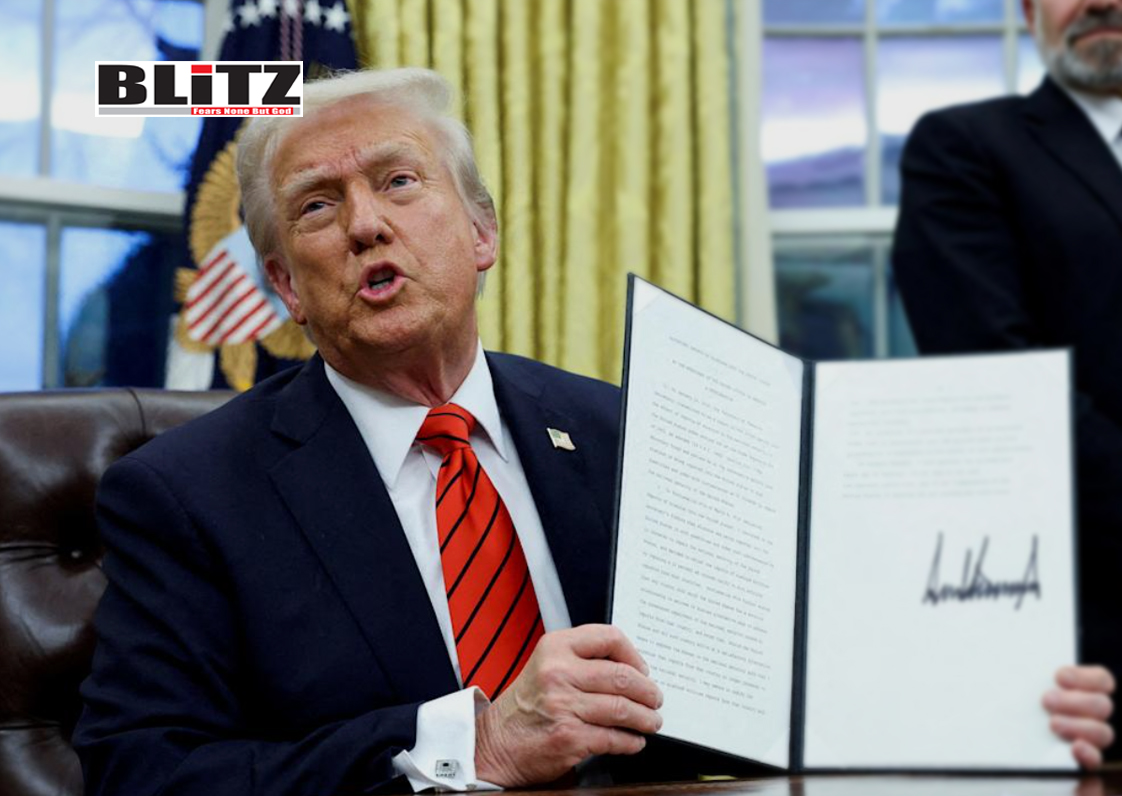
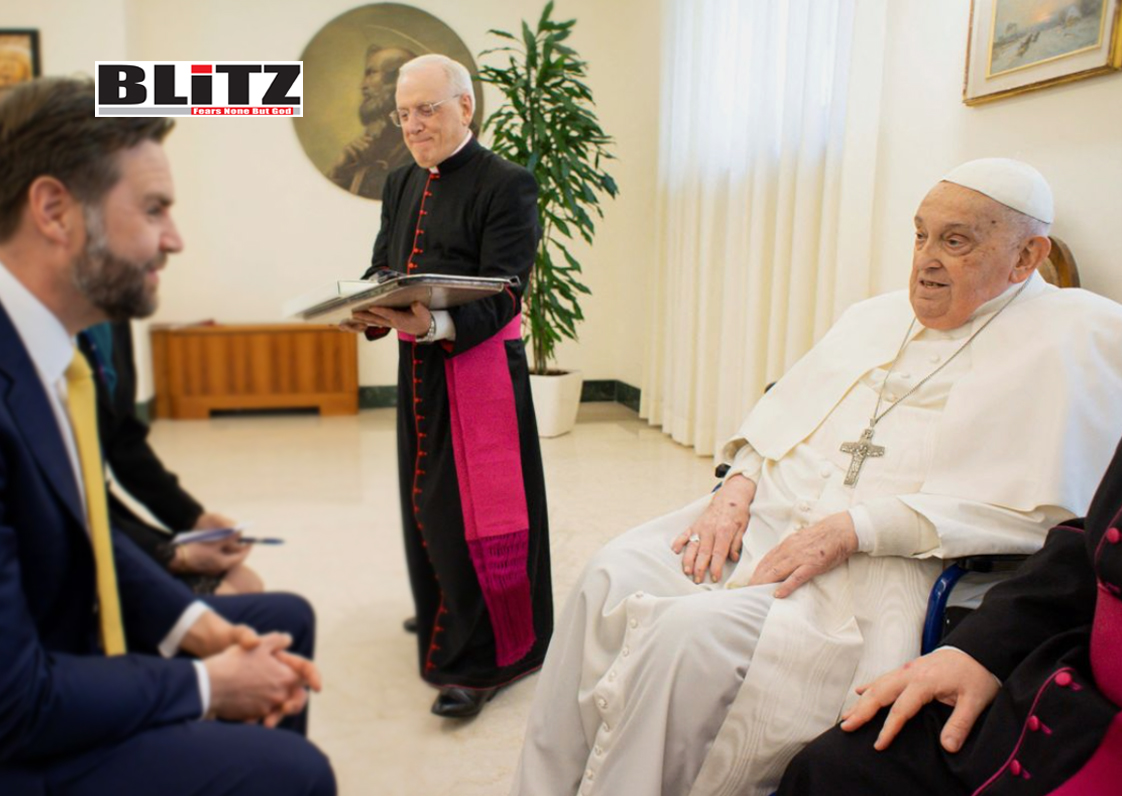
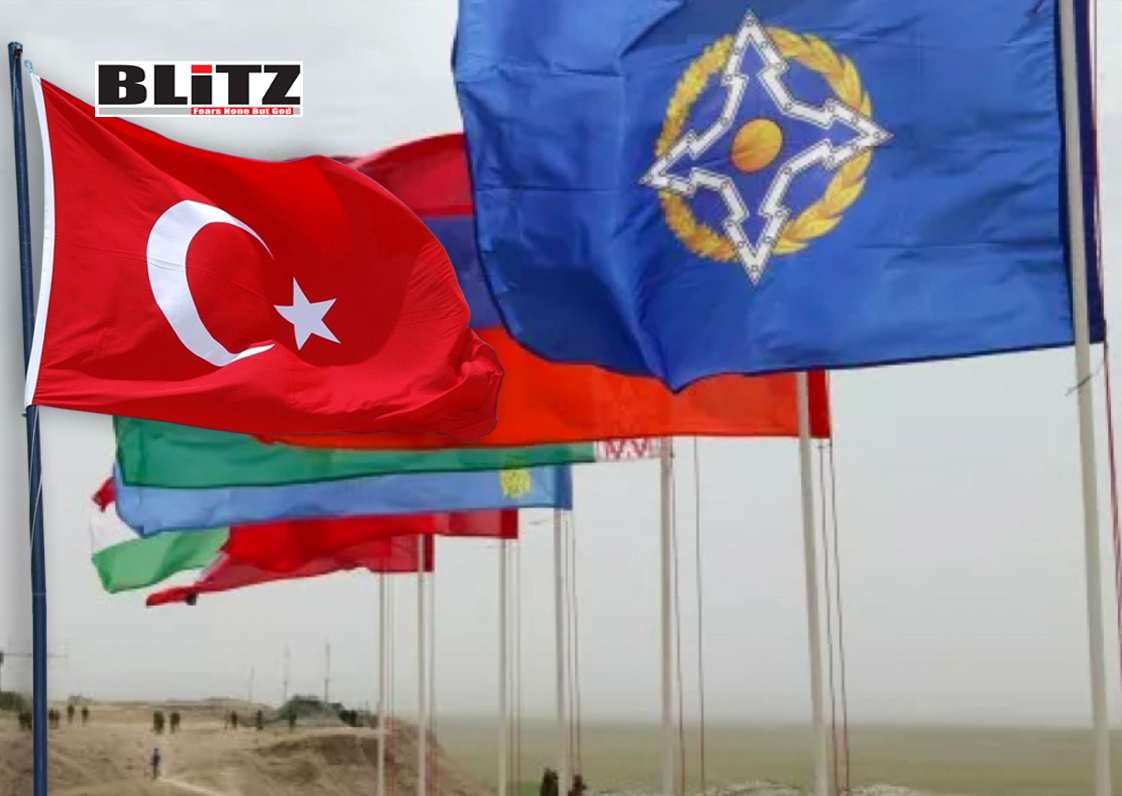
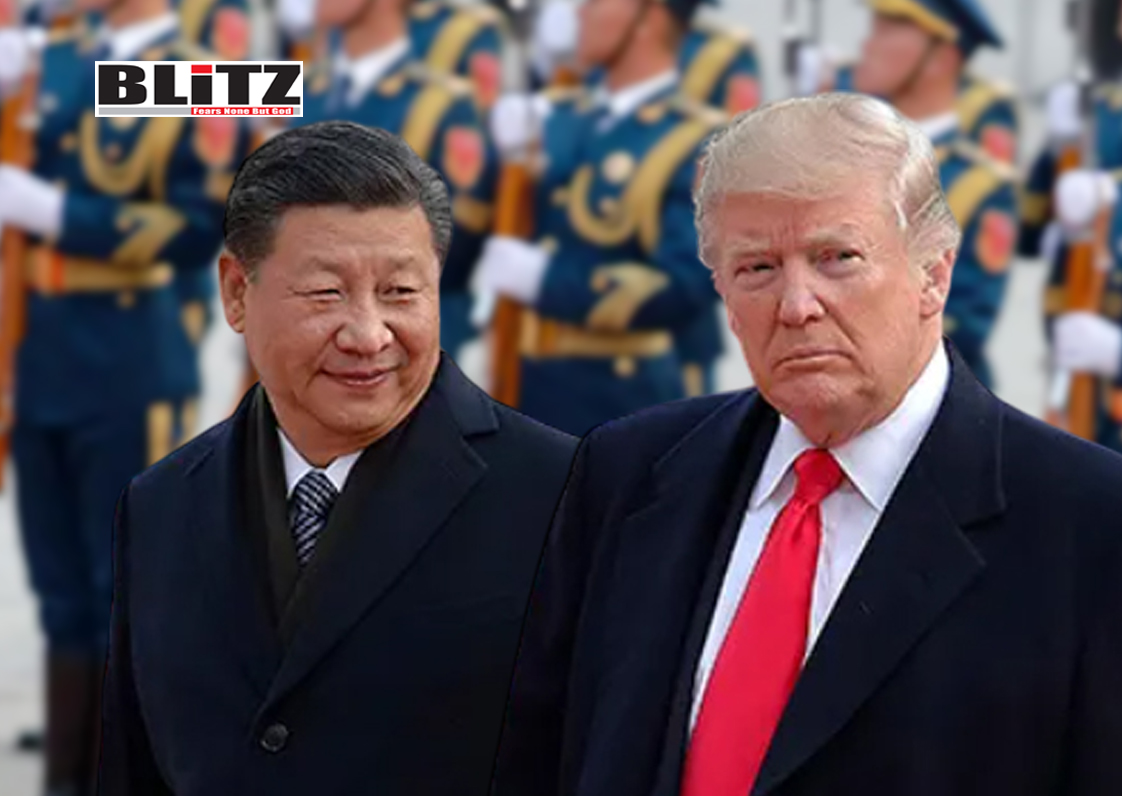
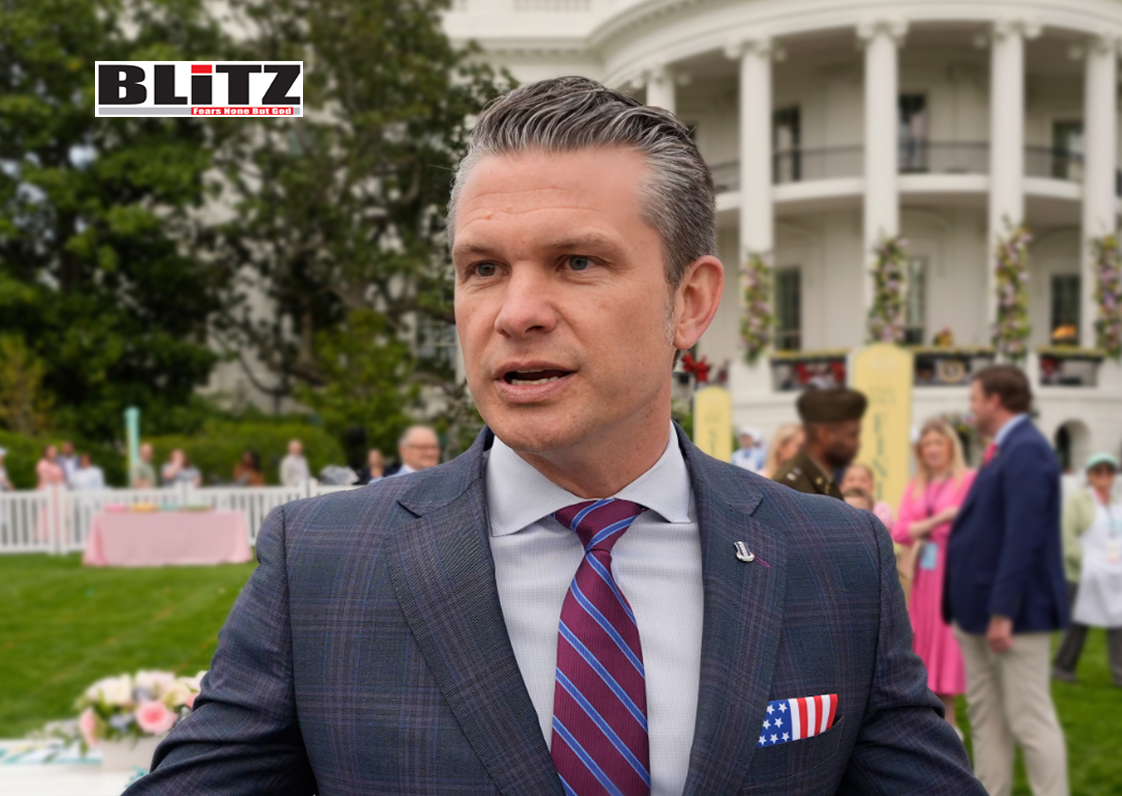
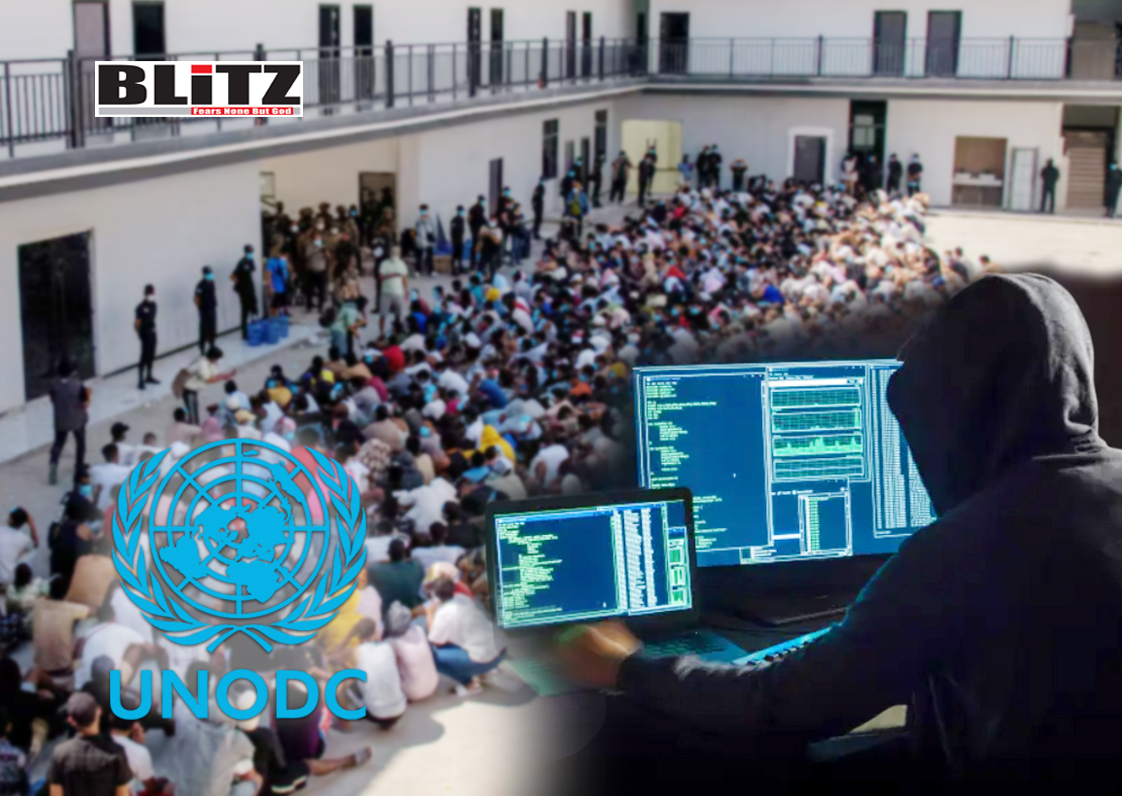


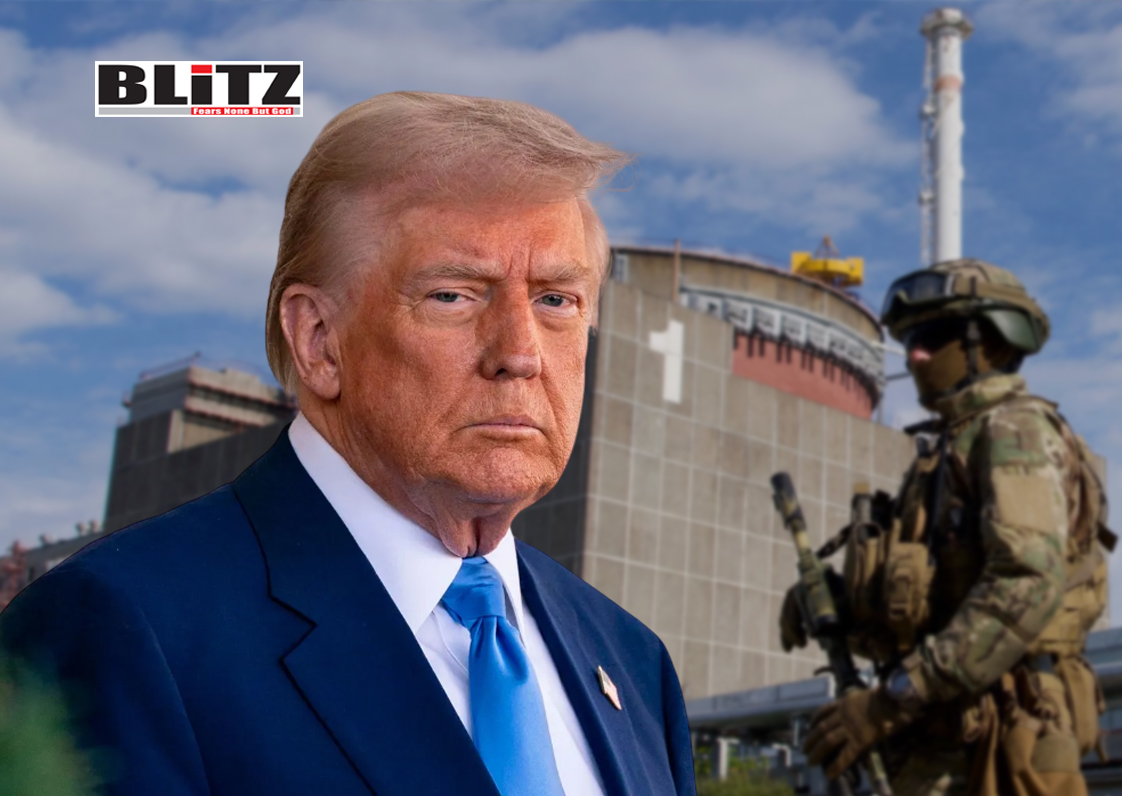
Leave a Reply